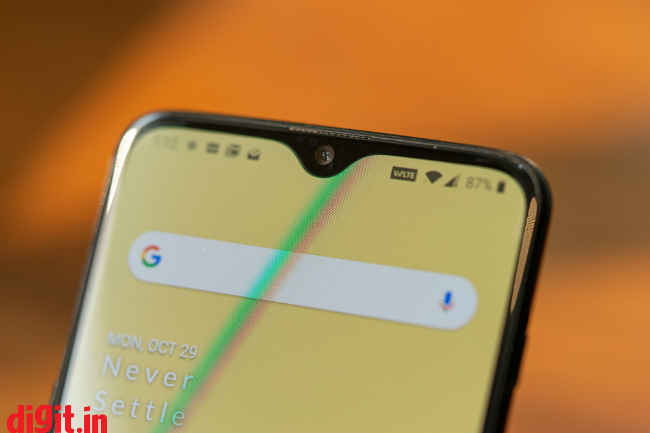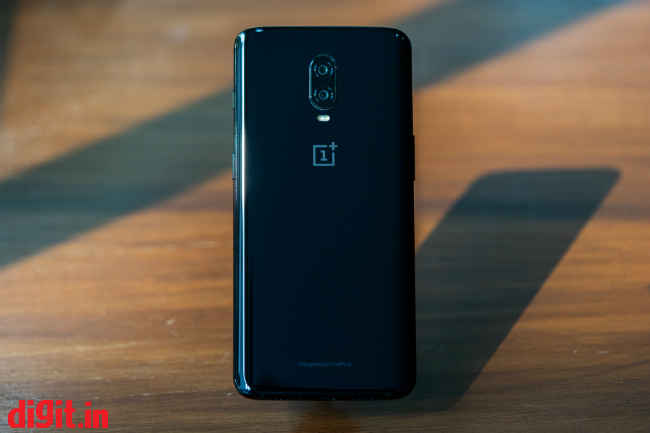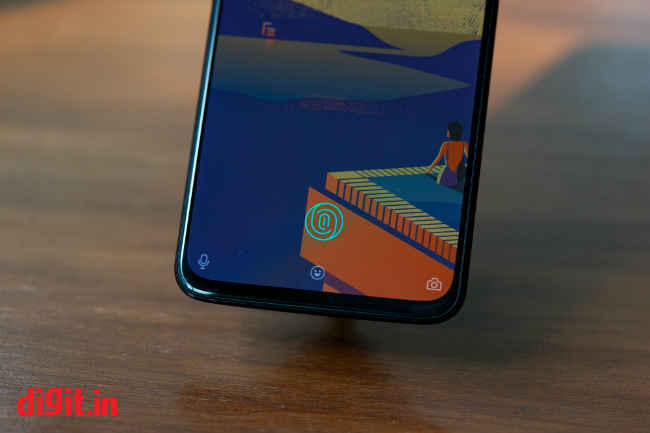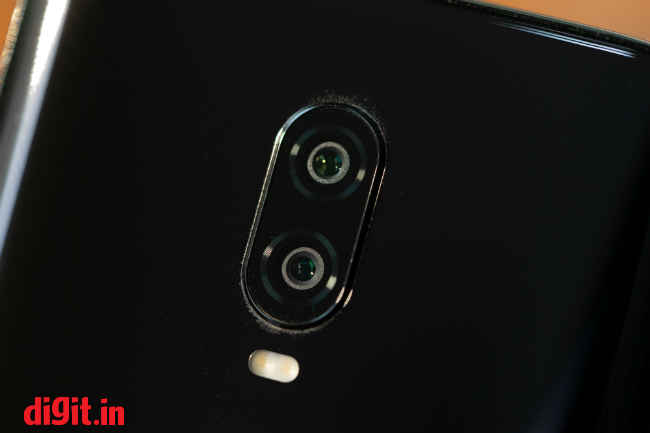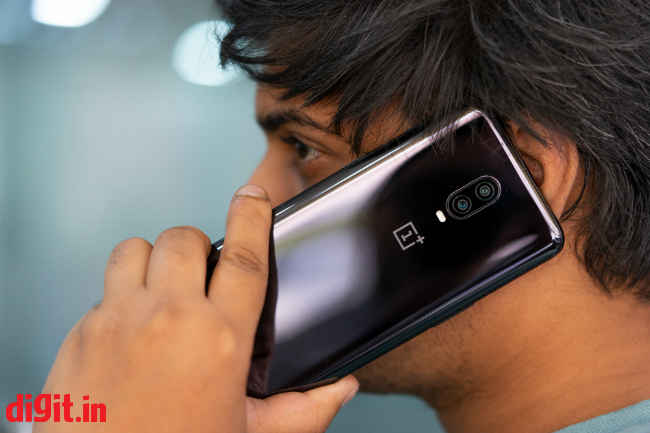OnePlus 6 vs OnePlus 6T: The key differences
The OnePlus 6T comes barely six months after the launch of the OnePlus 6. Here's how much has changed and how much has remained the same.
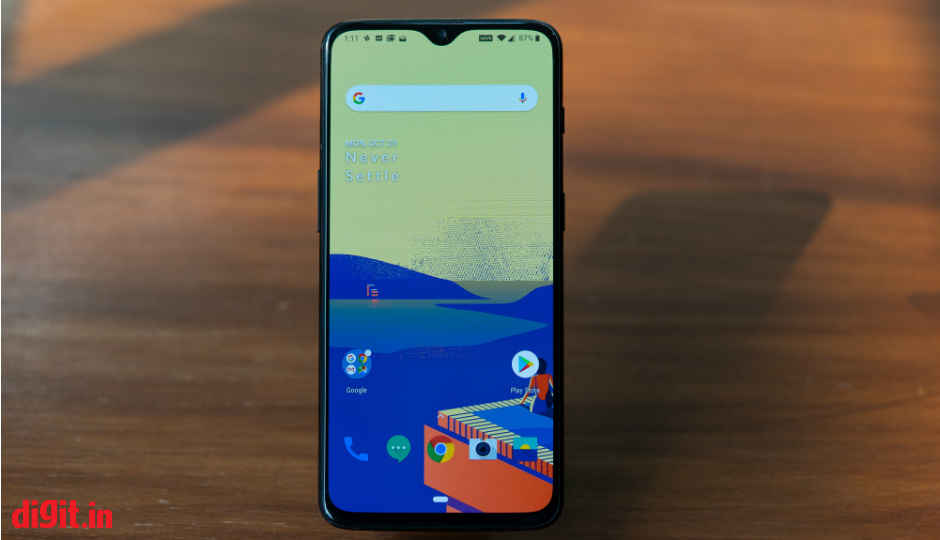
It’s that time of the year when OnePlus launches its second flagship of the year. Like the past two years, barely six months after launching the OnePlus 6, the OnePlus 6T has arrived. While the new flagship will certainly make OnePlus shareholders happy, I doubt present OnePlus 6 users will be feeling the same. Both the OnePlus 6T and the OnePlus 6 are more or less the same, with some key cosmetic and software changes. Whether the change is good or bad is something we will address in a detailed review later this week. But for now, let’s examine what the OnePlus 6T has that the OnePlus 6 doesn’t.
 Survey
SurveyDesign and Display: New wine, old bottle
This is where the changes feel the most apparent. The OnePlus 6T, both from the front and the back looks different. The 3D glass back is still there and so is the midnight black and mirror black finish, but the fingerprint sensor has been taken off from below the camera and integrated into the display. The notch up front has shrunk down to the size of a water droplet in the OnePlus 6T. The one on the OnePlus 6 was wide, and took up most of the space on top leaving little for the status bar icons to use. We will address the notch in detail in our review, but suffice to say, this is going to be the new norm in Android phones and it’s better to get used to it. The OnePlus 6T is also heavier and thicker than the OnePlus 6 and I’m presuming that’s because of the bigger 3,700mAh battery under the chassis. And speaking of the finish itself, it’s more or less the same with the same glass finish that retains smudges and fingerprints like anything. Also, I noticed the edges of the phone, particularly around the display are quite sharp and rough. In the OnePlus 6, it was much smoother and seamless.
The display on the OnePlus 6T has also changed. While this too is a Samsung-made AMOLED panel, the size is now 6.41-inches with space for extra pixels. The resolution is 1080×2340 pixels as compared to 1080x2280pixels in the 6.28-inch panel on the OnePlus 6. It’s the same diamond-pentile pixel arrangement as before. The panel now takes up even more of the real estate up front and boasts of a screen-to-body ratio of 85.7 percent. Preliminary observation shows the panel is slightly better than before. I put the same wallpaper on both the phones and the one on the OnePlus 6T looks much more vibrant. It could be added brightness or a deeper contrast ratio. Either way, I’m not complaining, just yet. And for those wondering, you can hide the new notch.
Hardware: Exactly the same, yet OnePlus 6T benchmarks higher
The OnePlus 6T is powered by the flagship Qualcomm Snapdragon 845, an octa-core chipset clocked at 2.8GHz. There’s up to 8GB of LPDDR4X RAM and 256GB UFS 2.1 storage. The chipset also has an Adreno 630 GPU integrated. That’s exactly the same as the OnePlus 6 last year. Only, you have a bigger 3,700mAh battery that tops up via a USB 2.0 Type-C port. Also, the 3.5mm headphone jack is now gone (RIP). Instead, there’s a USB-C to 3.5mm dongle out of the box and OnePlus’ new Type-C Bullets IEMs you can buy separately. Basically, the OnePlus 6T, hardware-wise, is more or less the same phone as the OnePlus 6, without the 3.5mm headphone jack and a bigger battery. The company’s argument for removing the headphone jack was precisely to fit a larger battery and to make more space for the in-display fingerprint sensor.
Now, while the hardware has remained more or less the same, the OxygenOS 9.0.3 that powers the OnePlus 6T’s experience improves the benchmark scores. Some significantly so, and some by only a hair. On AnTuTu 6.0, the OnePlus 6T scored 295197 against OnePlus 6’s 244517. On Geekbench Single and Multi-core though, the difference wasn’t so significant. It scored 2378 and 8951 respectively which is slightly higher than what the OnePlus 6 got. On , both 3DMark Slingshot and IceStorm, the OnePlus 6T scored 6359 and 63375 respectivelysignificantly higher than the OnePlus 6. On GFX Bench’s Carchase test though, the OnePlus 6T scored lesser than the OnePlus 6, but I’m guessing that’s primarily because there’s more pixels on the OnePlus 6T to render as compared to the OnePlus 6.
The OnePlus 6T runs on Android 9.0 Pie out of the box and based on our preliminary examinations, that’s the reason for higher benchmark scores. The new flagship also has something called Game Boost that frees up RAM and CPU to make games run smoother. We put the feature to test by playing PubG Mobile and measured performance using GameBench.
PubG Mobile on OnePlus 6T was a little more stable as compared to the OnePlus 6. The CPU usage was slightly higher, but that allowed the OnePlus 6T to have a median 40 FPS which is the peak in the game. It’s also more stable with a variability index of 1.27 as compared to the OnePlus 6 which had a median 39 FPS with 2.67 variability index. What this shows is that the OnePlus 6T is more efficient in making use of the CPU and the GPU to deliver smoother gameplay, but it’s likely that you will not see any significant difference.
Software: New, not-so-exclusive features
The OxygenOS on OnePlus phones primarily accounts for the speedy experience the phones offer. Same thing with the OnePlus 6T. This one comes with Android 9.0 Pie out of the box, bringing most of the new features of the brand new version of Android. That includes full-screen gesture based navigation, app shortcuts, adaptive battery and more. Although, the OnePlus 6 has been running Android 9.0 for quite some time now, and most of the features aren’t technically new per se.
What’s new is something OnePlus calls Smart Boost. It makes use of the vast amount of RAM (mostly left unused) in the phone and uses to launch apps faster. OnePlus claims the feature improves app cold start speeds by 5 to 20 percent. It apparently stores data from the apps you use frequently in the RAM. The results are significant for apps that require large amounts of input/output data, but for now, the feature is restricted only to games.
There are new off-screen gestures that help improve the experience. To make the in-display fingerprint sensor faster, the phone wakes right when you lift it, or even when there’s a slight movement. Double tapping an empty area of the home screen locks the phone, and once locked, you can draw various letters to launch apps. You can also take a three-finger screenshot and enable dark mode in the UI. There are more software-centric improvements in the camera which is addressed in the section below.
Camera: Same hardware, new features
Like most things in the OnePlus 6T, the camera hardware too has remained exactly the same. But this time, it has some added superpowers. There’s the 16+20MP dual camera setup with the same IMX 519 and IMX 376K sensors used respectively with both OIS and EIS present. The secondary sensor is once again used for the same objective — Measure depth and enable faster auto-focus. The addition is ‘Night Mode’ aimed at improving low-light photography. We delved deep into the new mode in another feature that you can read, but suffice to say, the new night mode successfully lights up low-lit photos, but whether that’s good or bad is something you will have to decide for yourself. On the front is another 16MP sensor that can take portrait selfies, once again, same as the OnePlus 6. Portraits though, OnePlus claims, has improved by working on the facial details and lighting techniques. The company reportedly worked with acclaimed photographer and artist, Kevin Abosch to improve portrait shots. We’ll explore the results in our detailed review later this week.
Battery: Bigger battery, but longer battery life?
Here’s the big upgrade you should really care about. The OnePlus 6T sports the biggest battery on a OnePlus phone yet. A generous 3,700mAh one that’s supposed to deliver more battery than the OnePlus 6’s 3,300mAh. In reality, when I ran the PCMark Work 2.0 battery test on the OnePlus 6T, it ran for 5 hours 56 minutes. That’s exactly ten minutes more than what the OnePlus 6 gave on the same test. Does a 400mAh increase really give just 10 ten minutes more battery life? Unlikely. The PCMark battery test keeps the screen on continuously for as long as the battery lasts, running the same tests over and over again to give a general idea of how long the battery can last. In real, the battery life will depend on your usage, the kind of apps you use, how often you are on your phone and the likes. There’s also Adaptive Battery in Android 9 Pie that’s present in the OnePlus 6T as well. Keep it activated and it’s likely you’ll eke out a lot more than what the OnePlus 6 offered.
